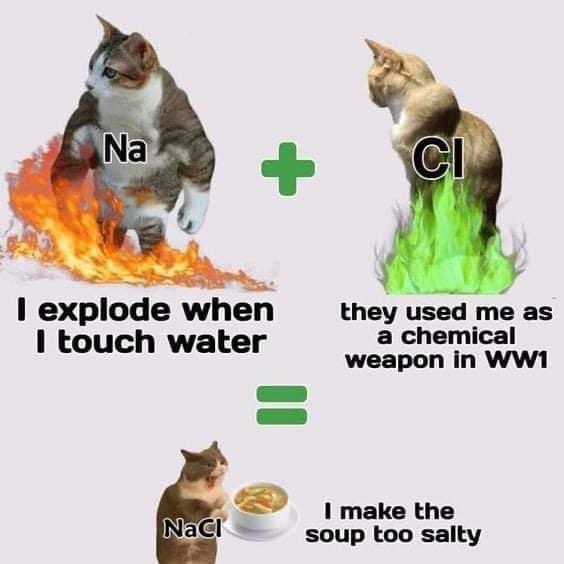this post was submitted on 02 Jun 2025
837 points (98.5% liked)
memes
15487 readers
1 users here now
Community rules
1. Be civil
No trolling, bigotry or other insulting / annoying behaviour
2. No politics
This is non-politics community. For political memes please go to !politicalmemes@lemmy.world
3. No recent reposts
Check for reposts when posting a meme, you can only repost after 1 month
4. No bots
No bots without the express approval of the mods or the admins
5. No Spam/Ads
No advertisements or spam. This is an instance rule and the only way to live.
A collection of some classic Lemmy memes for your enjoyment
Sister communities
- !tenforward@lemmy.world : Star Trek memes, chat and shitposts
- !lemmyshitpost@lemmy.world : Lemmy Shitposts, anything and everything goes.
- !linuxmemes@lemmy.world : Linux themed memes
- !comicstrips@lemmy.world : for those who love comic stories.
founded 2 years ago
MODERATORS
you are viewing a single comment's thread
view the rest of the comments
view the rest of the comments

Ok so my understanding is that NaCl, and other salts, are bound together by ionic bonds.
In these bonds, one element typically gives up an electron completely to the other, as opposed to covalent bonds for example, where the electron (or electrons) are actually "shared" between the atoms.
So here, sodium is happy to give up its electron and live its life as Na+, while chlorine will gladly take it and become Cl-.
Since they now are oppositely charged, they kinda stick to each other because of electrostatic attraction, but not like the atoms in a molecule would.
ah right so in the soup it dissolves into Na+ and Cl- which are nonreactive as opposed to Na and Cl